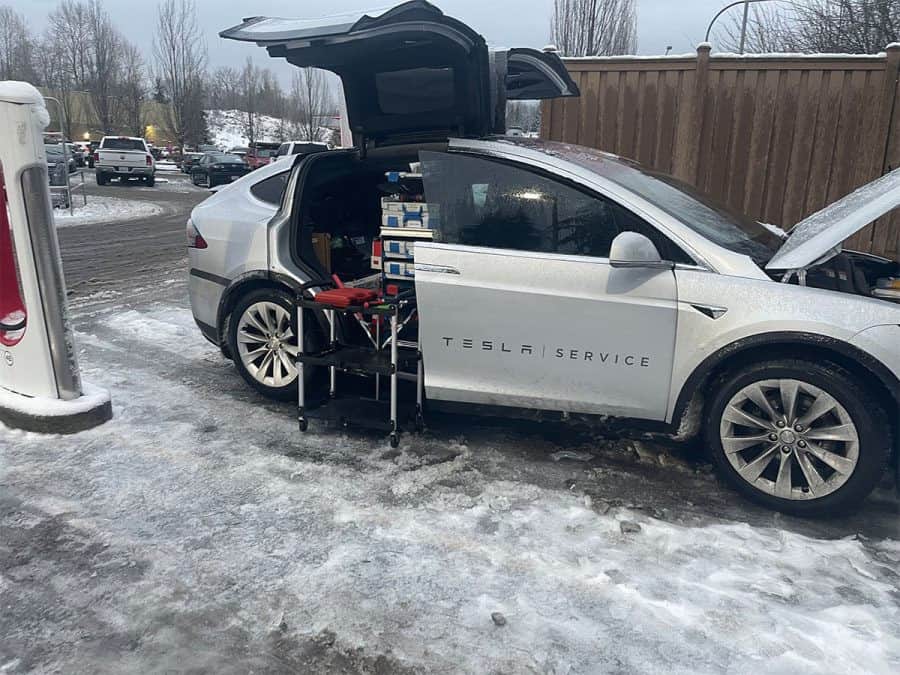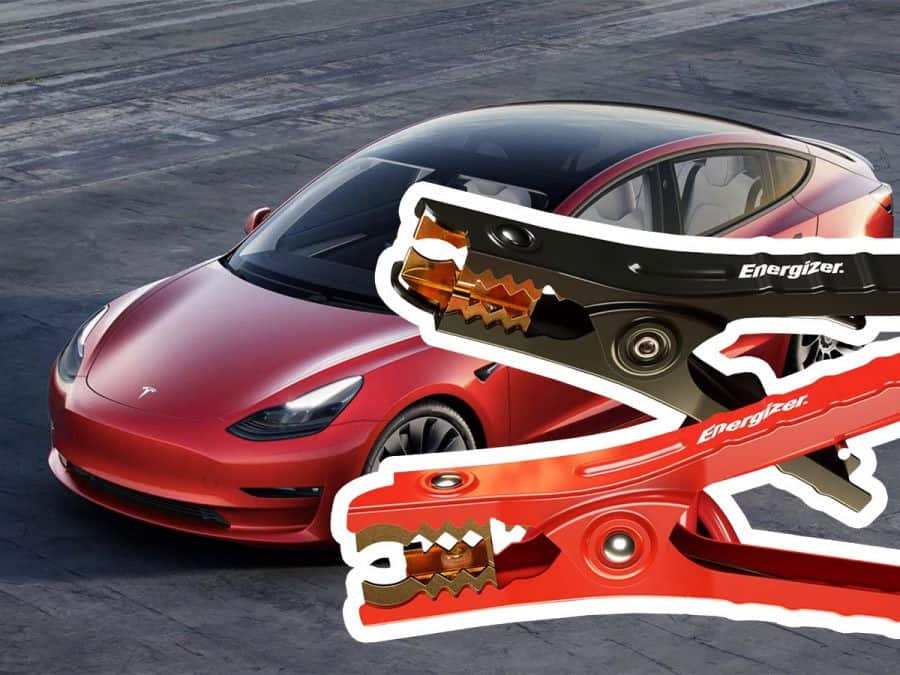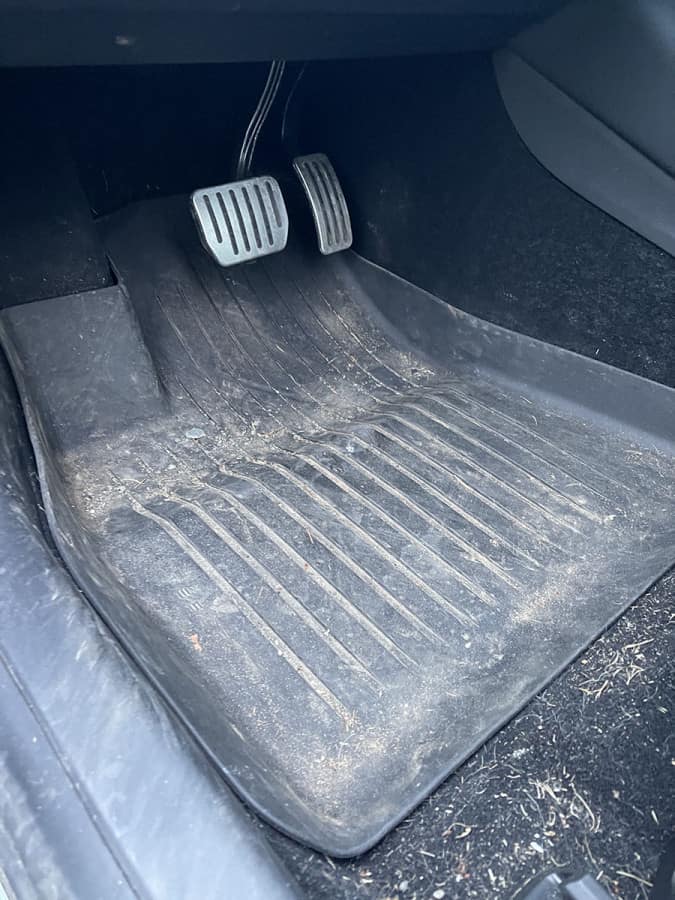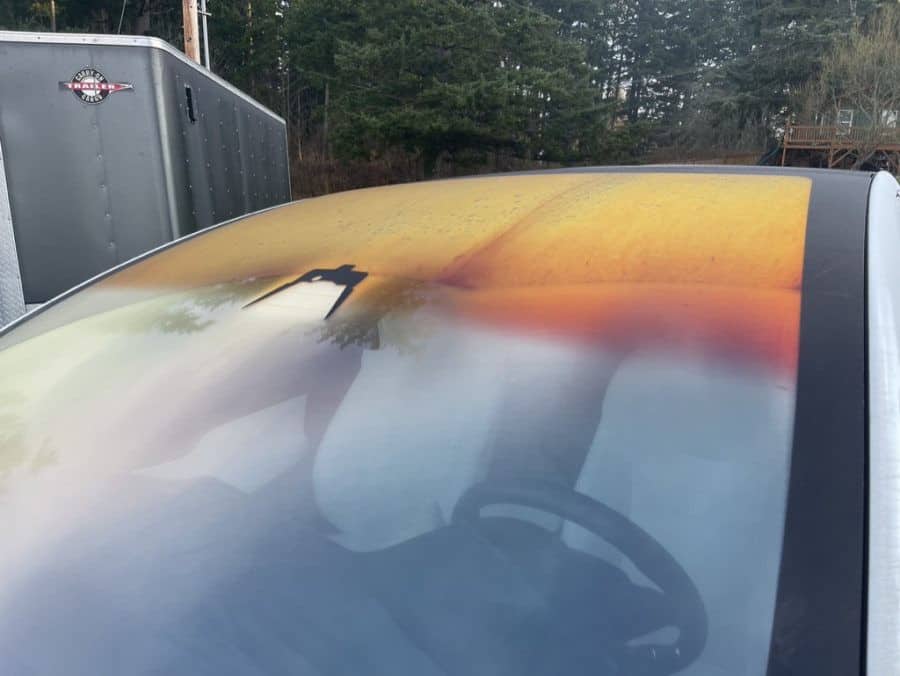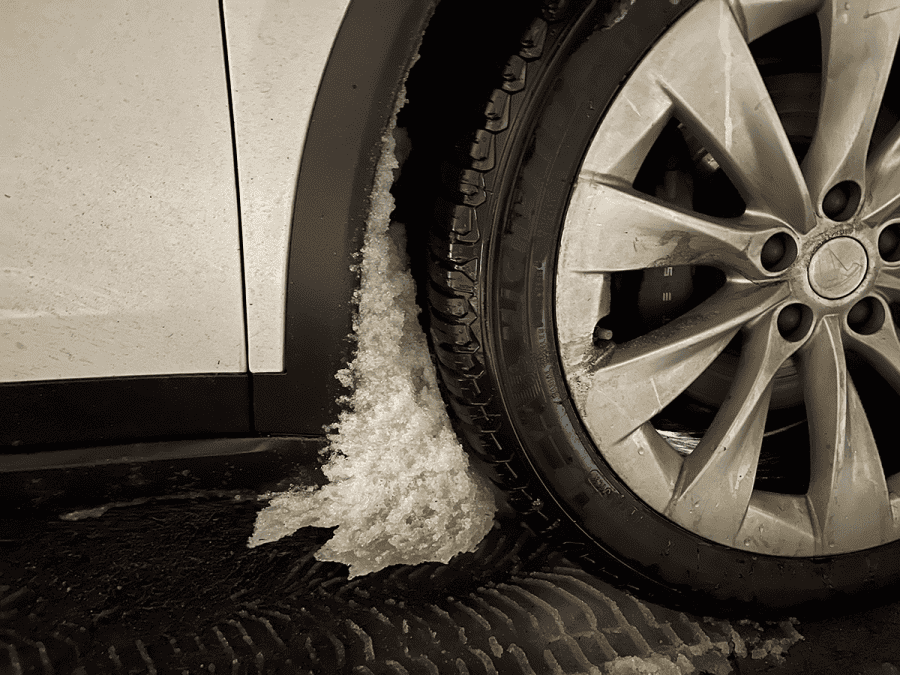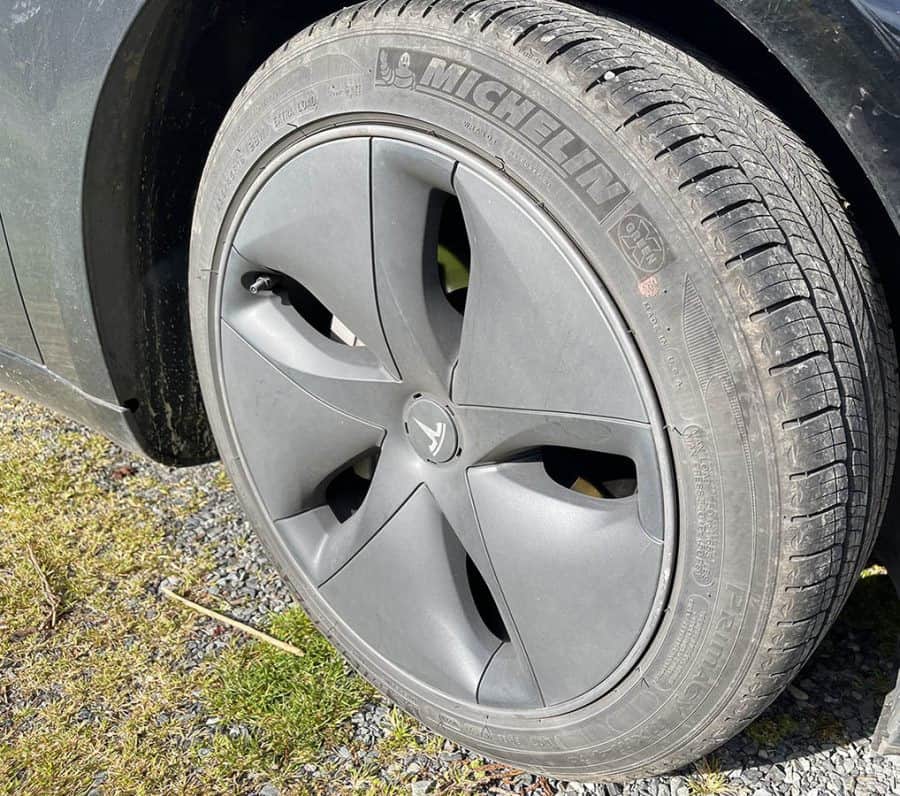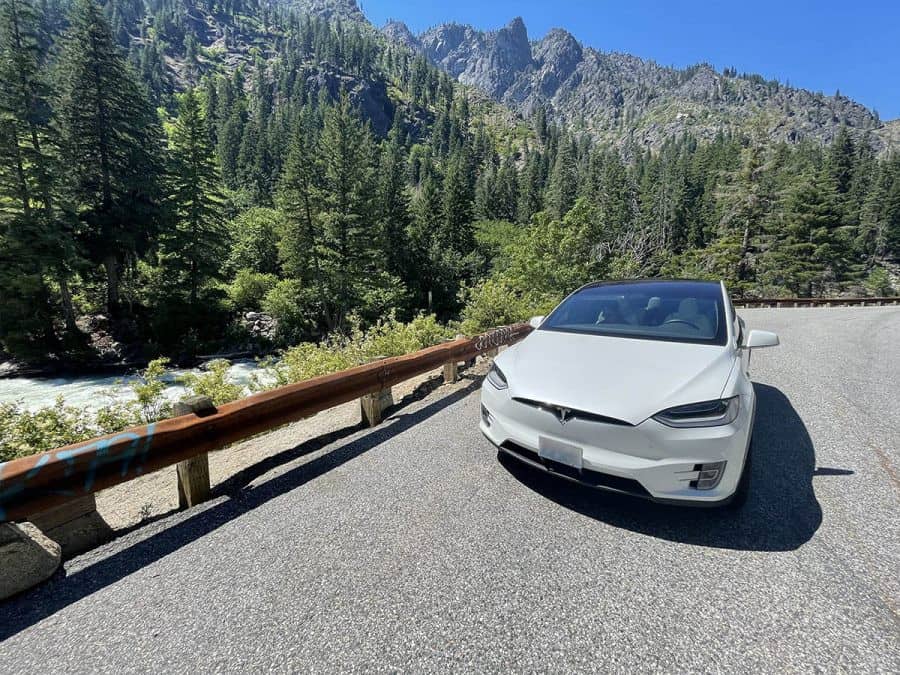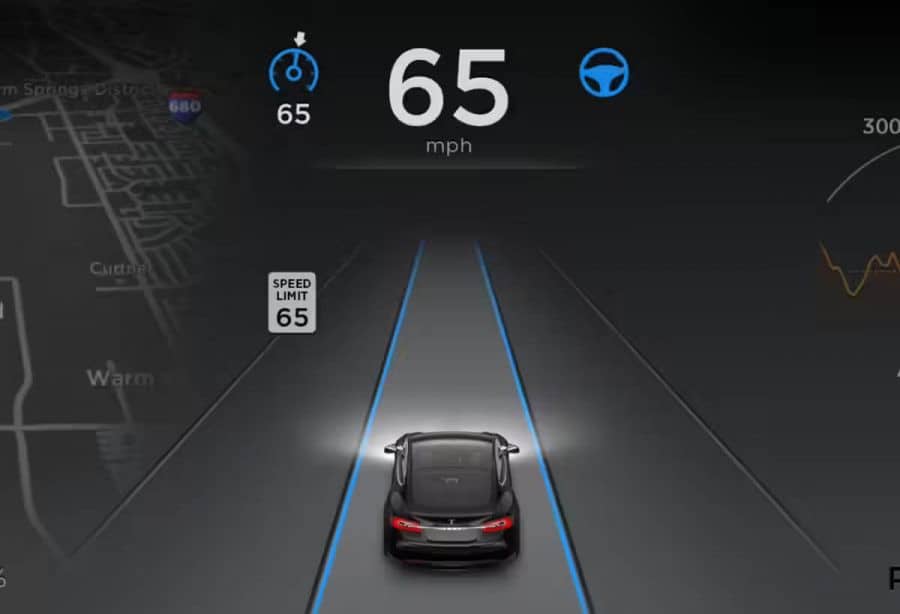What is Tesla Mobile Service?
Tesla has revolutionized the automotive industry with its innovative electric vehicles, but the company’s innovations don’t stop there. One of the unique features of Tesla’s customer experience is its mobile service. Unlike traditional automakers, Tesla doesn’t require customers to take their vehicles to a dealership or service center for maintenance or repairs. Instead, the company can bring the service to the customer with its mobile service fleet – depending on the work required. In this article, we’ll take a closer look at what Tesla mobile service is and what they do. I’ve now seen two Tesla mobile service vehicles at this supercharger, one was a Model 3 and also the Model X I snapped a photo of above. The tech actually came up to me and asked how things were with our Model X, even offered to top off our washer fluid. His vehicle had the second row seats removed and was retrofitted with drawers full of various parts. What is Tesla Mobile Service? Tesla mobile service is a team of trained technicians who travel to customers’ homes or workplaces to perform routine maintenance or repairs on their vehicles. The company introduced the service in 2015 as a way to make car ownership more convenient and hassle-free. With mobile service, Tesla owners don’t have to worry about scheduling appointments, driving to a service center, or waiting for their vehicle to be serviced. Instead, they can have their car serviced while they’re at work or doing other activities. Tesla’s mobile service is available to customers who are within a certain distance of a Tesla service center. When a customer requests service through the Tesla app or website, the company will check to see if they’re eligible for mobile service. If they are, a mobile service technician will be dispatched to their location. The technician will bring all the necessary tools and equipment to perform the service or repair. What Services Does Tesla Mobile Service Offer? Tesla mobile service offers a wide range of services, including routine maintenance, repairs, and software updates. Here are some examples of the types of services Tesla mobile service can perform: Overall, Tesla mobile service can handle most routine maintenance and repair tasks that a traditional service center can. However, if a repair requires more extensive work or specialized equipment, the Tesla may advise an appointment with a service center. There may also be instances when a mobile service technician looks at the vehicle and determines work must be done at a service center. What Are the Benefits of Tesla Mobile Service? There are several benefits to using Tesla mobile service instead of taking your vehicle to a service center. Here are a few of the most significant advantages: Overall, Tesla mobile service offers a more convenient and streamlined service experience for Tesla owners. By eliminating the need to take time out of their busy schedules to drive to a service center, Tesla mobile service provides a more efficient and effective way for customers to maintain their vehicles. How Does Tesla Mobile Service Work? To request service from Tesla’s mobile service, customers can use the Tesla app or log in to their Tesla account on the company’s website. From there, they can select the service they need and choose a time and location that works best for them. Once the service request is submitted, Tesla will confirm the appointment and dispatch a mobile service technician to the customer’s location. When the technician arrives, they will greet the customer and inspect the vehicle to determine the exact nature of the service needed. They will then set up their equipment and begin the service or repair. During the service, the technician will keep the customer informed of their progress and answer any questions they may have. Once the service is complete, the technician will perform a final inspection of the vehicle to ensure that everything is working correctly. They will then provide the customer with a detailed report of the work performed and any recommendations for future maintenance. In some cases, the technician may need to take the vehicle to a service center for more extensive repairs or maintenance. In these cases, the technician will coordinate with the customer to arrange transportation and ensure that the vehicle is returned to them as quickly as possible. Conclusion Tesla mobile service is a unique and innovative service that sets the company apart from traditional automakers. By bringing service and repairs directly to the customer, Tesla has created a more convenient and efficient service experience for its customers. With a wide range of services offered, including routine maintenance, repairs, and software updates, Tesla mobile service can handle most service needs. Overall, Tesla mobile service is a significant advantage for Tesla owners, providing a streamlined and hassle-free service experience that makes owning a Tesla even more enjoyable.
What is Tesla Mobile Service? Read More »

